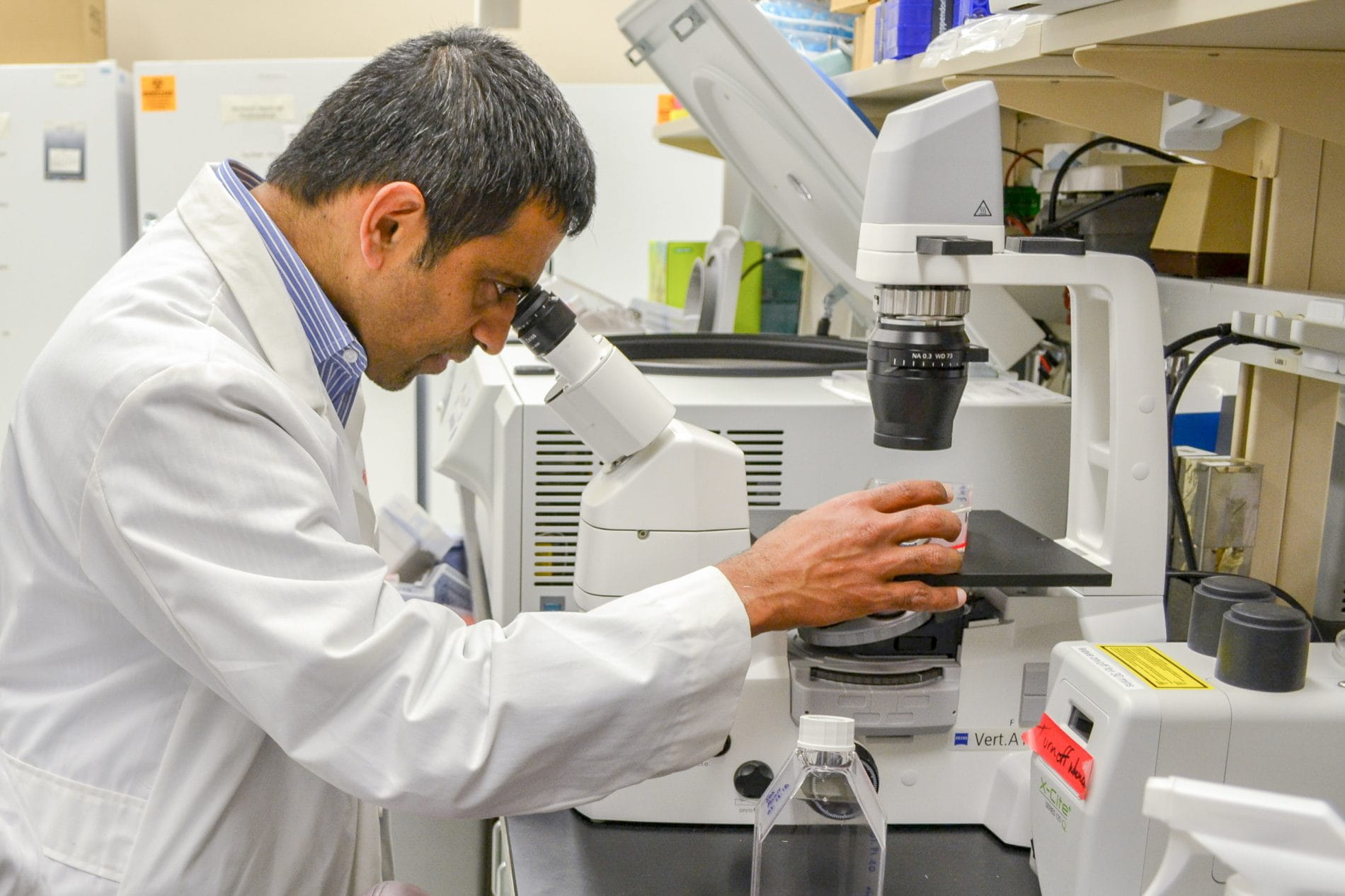The Indiana Alcohol Research Center has devoted more than three decades to better understanding risks for alcohol use disorder using neuroscientific and behavioral genetic tools.
In the years 2023-2027, the center is united in studying factors that drive binge and high-intensity drinking.
